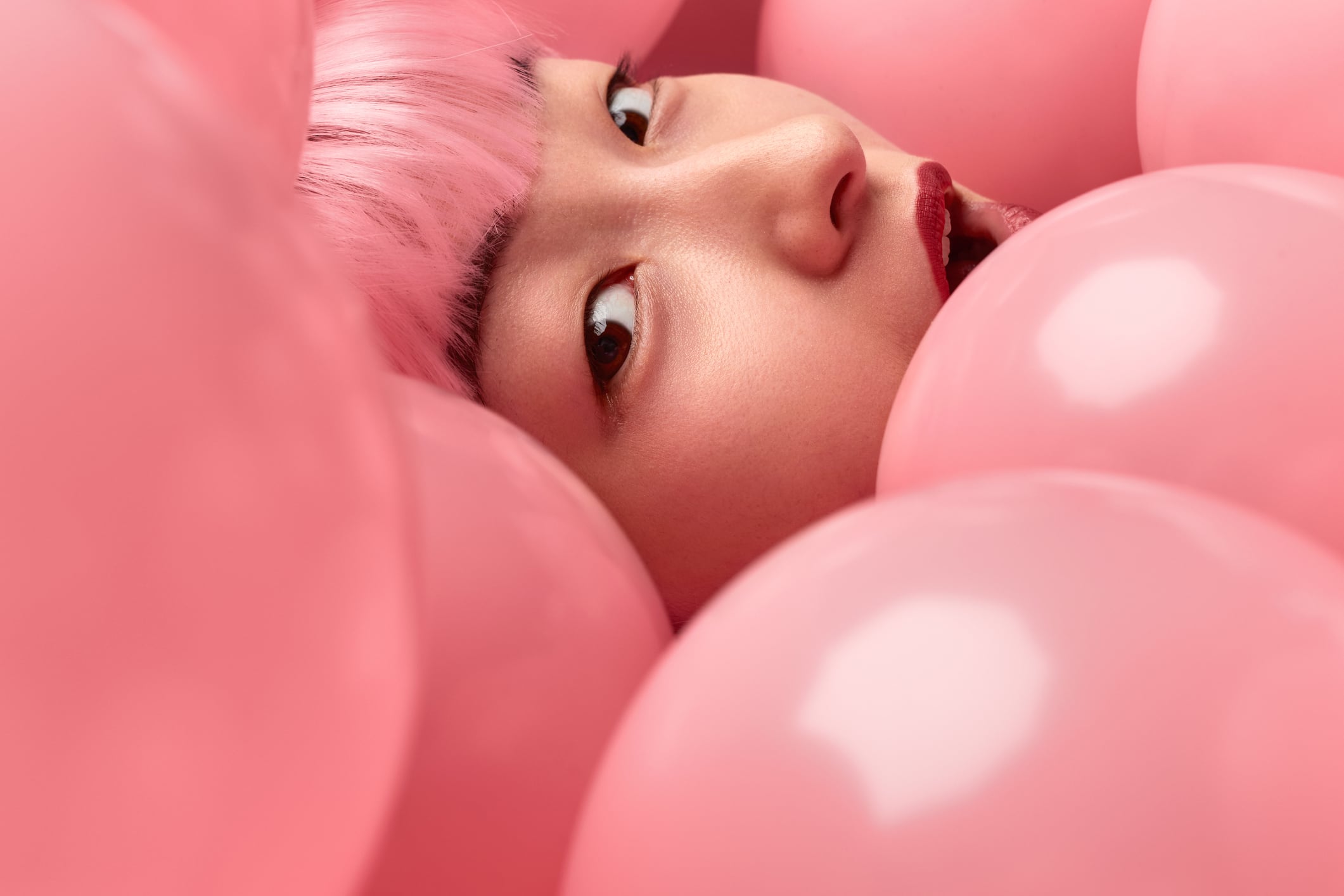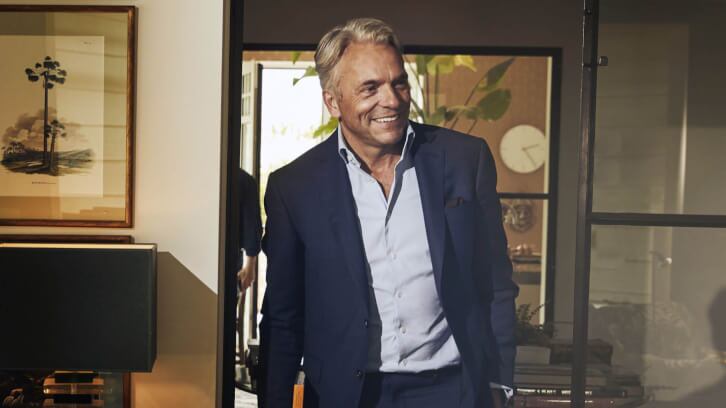Empathise with longevity-focused lifestyles
It’s no revelation that consumers are living longer, but as trend forecaster The Future Laboratory points out, more consumers are living wellness-fuelled existences and seeking wellbeing in all experiences – be that travel, retail or tech.
“Longevity proposes that ageing should no longer be seen as or treated with managed decline. It is a new concept for living and a more progressive way of looking at health and wellness,” said lead beauty analyst at The Future Laboratory, Olivia Houghton.
“Businesses and brands can use it to create products that redefine how consumers take care of themselves. It offers consumers new tools to advocate for more progressive beauty, health and wellness outcomes. Longevity isn’t merely an innovation that delays death, but one that optimises life.”
According to Houghton, in the coming years consumers will look to businesses and brands to help them feel at ease with the idea of living longer and having more control over the length of their lives. Brands should be prepared to lead them through this paradigm shift by being comfortable with the new science, language and philosophy of longevity.
Beauty and personal care brands can support and inform life-long good habits by being the go-to expert partner and “look to data and smart innovations to identify shortfalls between chronological and biological ages, and provide the required solutions to reverse, reduce and mitigate.”
They can also encourage consumers to embrace a neutral perspective on ageing and “develop beauty, health and wellness products that address the body’s unique stages and experiences, rather than relying on age categories.”
Overall, Houghton’s advice is:
- Dig into prevention mindsets
- Longevity demands that we shift from curative beauty, health and wellness mindsets. How can your brand create messaging that makes prevention compelling to consumers?
- Reframe age talk
- Longevity allows us to discuss the process of growing older more openly. Can it also help us to develop a language around ageing that is more inclusive and celebratory?
- Focus on future fulfillment
- Consumers may eventually look for more fulfilling ways to spend any additional time that longevity offers. Can your brand create tools that help them to optimise it?
Rethink the colour cosmetics consumer
Colour cosmetics brands that haven’t recently reviewed their marketing tactics and potential consumer base may benefit from re-examining exactly who their customers or potential customers are and what they need from makeup.
According to data from market intelligence agency Mintel, two in five (42%) women ages 18-34 who used cosmetics said they wore makeup less often than last year due to skin health concerns, while 39% said it was because they had less time.
However, 43% of male makeup users ages 18-44 said they were applying makeup more often than a year ago and 41% said they were applying makeup more often to relax or de-stress, which is double the number of women (22%) who cite relaxation as a reason they are applying makeup more often.
Joan Li, Senior Beauty and Personal Care Analyst at Mintel said: “Our research shows that men’s appearance concerns are focused on complexion and blemishes, which leads them to prefer facial cosmetics over other segments. Makeup’s emotional and mental draw for men suggests that when reaching this audience, brands should balance external benefits, such as appearance, with internal benefits, such as self-care.”
“Brands in this space could also find success by highlighting the soothing sensation of makeup application, particularly with facial products, as men are most likely to gravitate toward that subcategory,” advised Li.
It was also worth noting that 67% of makeup users ages 18-34 said that they are paying more attention to ingredients used in makeup products than a year ago.
“As the health and wellness industry expands to include emotional wellbeing and skin health, consumers will increasingly challenge beauty brands to clearly communicate the roles brands play within the evolving industry,” concluded Li.
Prepare for a shift towards the niche
Machine intelligence consumer trends platform Spate has launched its first-ever AI-generated trends report, which used a tech-savvy mixture of two billion search signals in the US across over 10 diverse industries; year-over-year growth analysis on top volume keywords by industry; and ChatGPT GPT-4 to uncover behavioural trends and brand implications.
One trend it spotted was: ‘Authenticity in a sea of sameness’, which highlighted consumers’ growing hunger for authenticity and individuality and that the era of one-size-fits-all is over.
The report said that consumers are turning their backs on mainstream and generic experiences, opting instead for more personalised, unique, and individualistic pursuits. They are seeking deeper connections, genuine narratives, and a sense of individuality in everything they consume. It also said that brands that recognise and incorporate this craving for authenticity in their product development and marketing strategies will resonate more deeply with their audience.
In terms of implications for brands, Spate’s AI report said: “In the current era that values authenticity, consumer brands are urged to prioritise genuine narratives, emphasising their history and values beyond mere product displays. The evolving market landscape requires brands to cater to niche interests through tailored product offerings, customer engagement, and diverse representation in their campaigns."
It continued: "The balancing act of maintaining artisanal craftsmanship while capitalising on the efficiencies of mass production becomes pivotal. Furthermore, brands must dive deep into niche markets, ensuring they remain adaptable by consistently analysing and responding to market shifts. At its core, staying genuine, agile, and attuned to the market's pulse is essential for brand relevance in today's authenticity-seeking world.”
Broken down, in terms of cosmetics design it advised: “Create base products using efficient, mass-production methods. Then, allow for customisation or handcrafted elements to be added. This way, the foundation is produced efficiently, while the details can exhibit craftsmanship. Integrate Technology: Utilise advanced machinery and AI for repetitive tasks while leaving intricate details and final touches to skilled artisans. This way, technology aids the efficiency part while humans ensure the touch of craftsmanship.”
In terms of marketing narratives, the AI-generated report advised: “Share the origin, the people behind the product, and the techniques used. This can give consumers a sense of connection, even if the product isn't 100%-handcrafted.”
It also highlighted the relevance of the ‘feedback loop’: “Continuously gather feedback from both consumers and craftsmen. This will help brands identify where they might be leaning too heavily toward either efficiency or craftsmanship and adjust according,” it shared.




